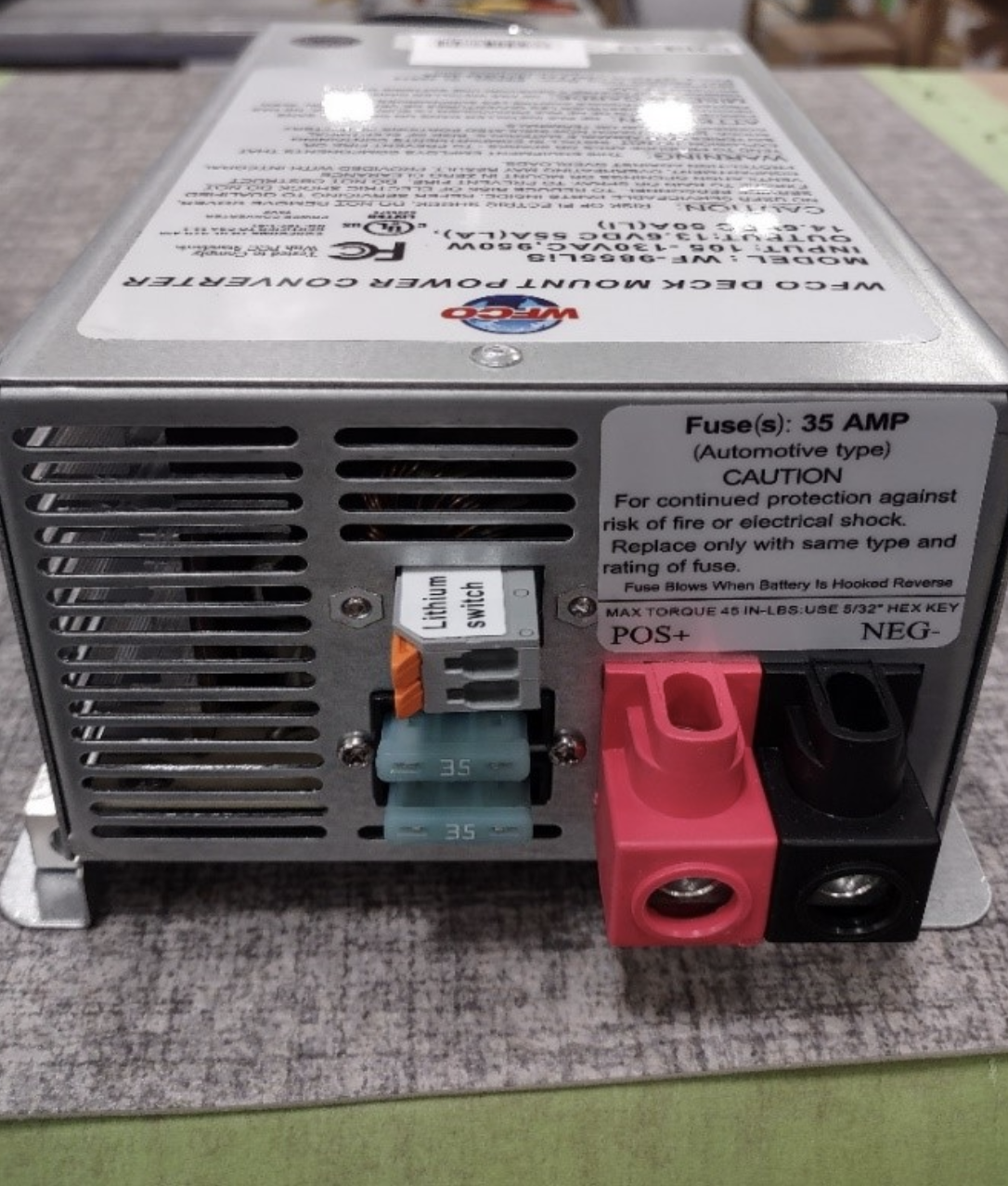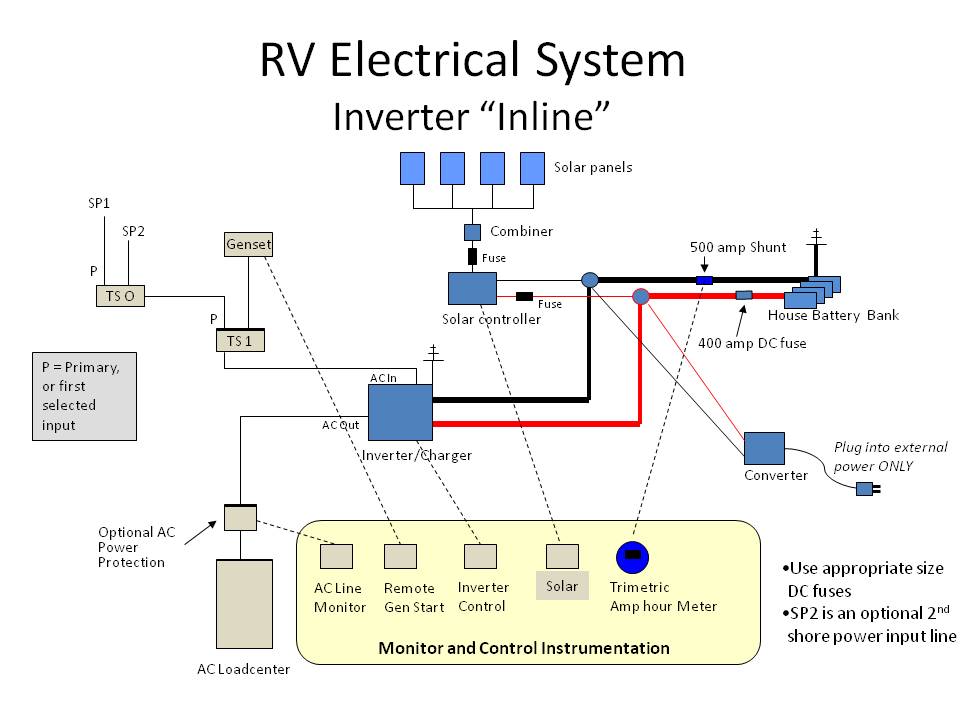

You want to set the dial to measure 12 Volt DC. It can also be set up to measure resistance as well as tell you if a circuit is open.

How Do I Use A Multi-Meter Correctly?Ī multimeter is designed to test a wide range of DC and AC voltage. Step Four: Connect A Multimeter To Each Battery, Testing Them One At A Time.Ī battery that has a fault or the internal components have started to degrade won’t be able to maintain a constant charge. This lets them stabilize their charge and will give you a more accurate reading. Step Three: Let The Batteries Sit For 20 To 30 Minutes. If you don’t disconnect the batteries from each other it will be hard to spot any potential charging issues. Most RV batteries are connected in parallel, meaning that each positive terminal is connected to the next positive terminal, and negative to negative.
30 AMP TRAVEL TRAILER CONVERTER SERIES
If it’s your first time doing this, make a note of whether they are connected in series or parallel. Step Two: Disconnect Each Battery From Its Partners. However, most of these systems measure all the RV’s batteries as a conglomerate and won’t help you very much to spot a dead a dying battery. If your RV has an onboard battery monitoring system, you can use it to give you a basic idea of the electrical system’s performance. Step One: Disconnect Your RV From Any Outside Power Sources. This will give you the most accurate reading of whether or not it is indeed holding a consistent charge.

It’s best to test a battery 6 to 12 hours after it was fully charged. It’s the sort of thing you can do on a slow day at camp, and certainly something you should be doing periodically when you aren’t traveling. Testing your batteries is relatively easy. The best way to catch a problem like this before it turns into a major issue is to periodically test each individual battery. This can eventually lead to other batteries in the system going bad, which would require you to replace more than just the initial bad battery. If one of your RV’s onboard batteries can’t hold its own charge, it can start to draw power from an otherwise good battery.
30 AMP TRAVEL TRAILER CONVERTER PROFESSIONAL
When Should I Take The Problem To A Professional Repair Shop? What Does A RV Converter Do? With a little bit of knowledge and troubleshooting, you can quickly and easily address any issues and get them fixed as soon as possible. If you’re unsure whether your RV converter is faulty, don’t worry. If either of these readings falls outside the optimal range, it could indicate a problem with the converter that needs to be addressed. Then, verify that your battery maintains a consistent charge between 12.3 and 12.9 volts. Check the AC voltage reading to ensure it falls within the acceptable range of 110 to 130 volts. If you suspect a faulty RV converter, the first step is to put it to the test. If you’re experiencing issues with dimming or flickering lights, loss of use of electrical outlets or 12-volt powered items like your refrigerator, or your battery isn’t charging or can’t hold a charge it’s likely that your RV power converter is faulty or isn’t working properly.īefore concluding that your converter needs to be replaced, it’s important to check for common, easy-to-fix issues that could be causing the problem. Often hidden away in cabinetry or under a seat, an RV power converter is responsible for converting the AC power from an external source, such as a campground hookup or generator, into DC voltage that powers your 12-volt camper appliances and charges your batteries. Your RV power converter may be one of the most underrated components of your RV, but it’s also one of the most essential.


 0 kommentar(er)
0 kommentar(er)
